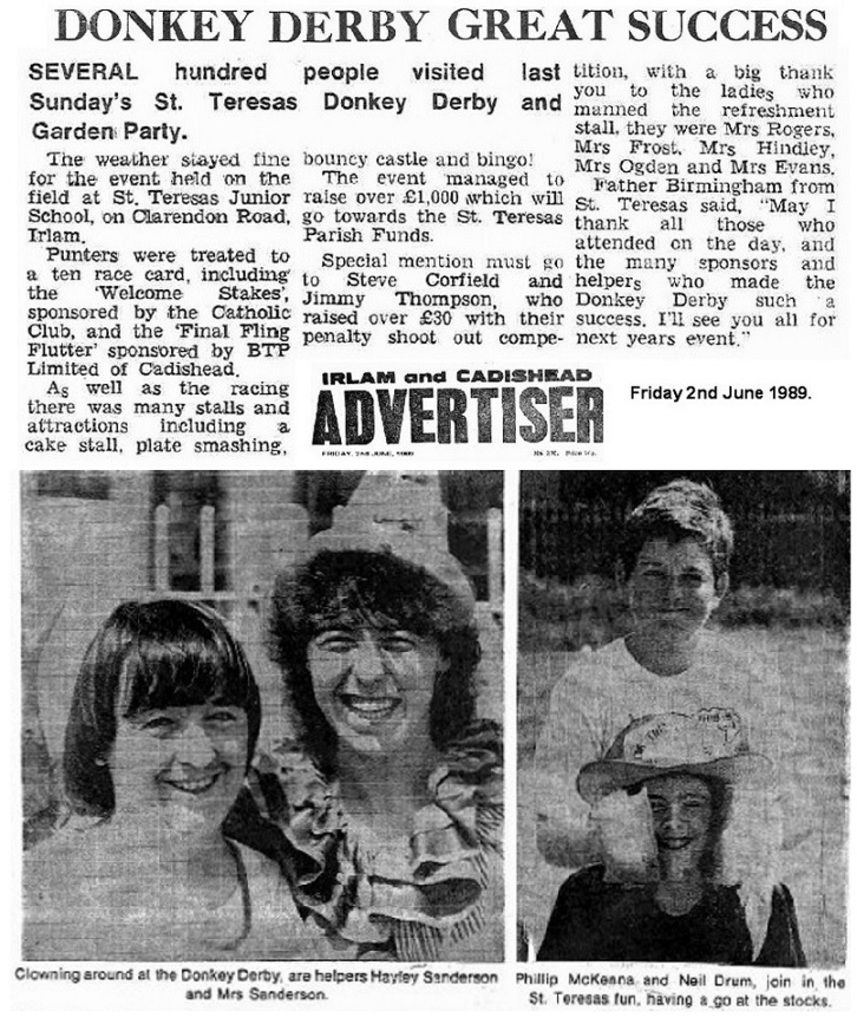Comprehensive Tutorial on Adjusting Telescope Focal Points for Optimal Performance
Aiming for Sharpness: Mastering Telescope Focus
To grasp a clear view of the cosmos through a telescope, light rays flowing from distant celestial bodies like stars and planets must converge at a specific point. That’s where the magic of focusers come into play. These useful components help bring those scattered light rays together just right, ensuring dazzling, high-definition views.
When the convergence point aligns perfectly with the focal plane of your eyepiece, your distant object will appear sharp and vivid. Enter focusers – the unsung heroes of your telescope setup, helping you achieve that astounding clarity with ease.
Typically considered a secondary concern, focusers are as essential and precise as any other mechanical component in your telescope, arguably only second to the optics themselves. A subpar focuser translates to mediocre high-magnification performance and needless frustration. Pair it with heavy loads, such as premium eyepieces or camera setups, and a low-quality focuser might even pose a risk to your equipment by sagging or wobbling under the load.
So, let's delve into the world of focusers and learn how to make them work for you.
What's a Focuser?
At its heart, a focuser is a versatile, adjustable holder designed to attach your eyepiece, camera, or other accessories or adapters to your telescope. Most telescopes come outfitted with either an integrated focuser (standard in most mass-produced catadioptric telescopes) or an external one (frequently found on refractors and reflectors).
Telescopes with external focusers sometimes permit swapping out the focuser for a different one, but when the screw patterns don't match, new holes may need to be drilled for a perfect fit.
An External Focuser 101:
From starry nights to detailed astrophotography, external focusers move the eyepiece or camera in and out along the telescope’s optical axis. This adjustment alters the distance between the eyepiece and your telescope's primary lens or mirror, thereby changing the point where light rays converge to form an image. Built-in focusers work in a similar fashion, typically with the primary mirror moving to achieve the desired effect.
Some intrepid focusers even come motorized, perfect forcuating precise focus without nudging the telescope and maximizing precision adjustments for astrophotography (though this is generally unnecessary for visual work).
Focuser Sizes
Telescope focusers come in various sizes, primarily determined by the diameter of the eyepieces they accommodate. The most common sizes include 0.965-inch, 1.25-inch, and 2-inch, with larger sizes used for astrophotography or specialized applications.
- 0.965-inch Focusers:While this format is an older standard, found on vintage or budget telescopes, it offers narrower fields of view and lower-quality eyepieces. It's rarely seen in modern astronomy equipment.
- 1.25-inch Focusers:This now widespread standard in amateur astronomy strikes a good balance between field of view, quality, and price. Many telescopes limit themselves to 1.25" eyepieces due to physical constraints or lack of need for the larger size.
- 2-inch Focuser:Championing performance and wide fields of view, the 2-inch focuser is reserved for advanced and larger telescopes. It's indispensable for deep-sky astrophotography with common camera sensor sizes, as well as for employing accessories like focal reducers, field flatteners, and coma correctors essential for this purpose.
- Special Large Formats:Even larger formats, such as 2.5-inch, 3-inch, or larger, are often seen in professional or professional-grade amateur telescopes. They allow for wider fields of view and heavy-duty accessories, although they are usually unnecessary for most amateur applications.
Types of Focusers
With the exception of internal focusers found on catadioptrics, today's telescopes usually sport one of three focusers: helical, rack-and-pinion, or Crayford. All do the same thing – move the eyepiece/camera and other relevant accessories back and forth relative to the telescope’s objective lens or mirror focus.
Once upon a time, focusers were little more than a tube in which the eyepiece slid back and forth. I still sometimes come across such systems on older or homemade scopes. While it works, precise focusing can be a challenge for telescopes with focal ratios faster than about f/10 and heavier eyepieces.
Focuser Adapters & Clamping Mechanisms
Focusers utilize two primary clamping mechanisms to secure your eyepiece.
- Compression Ring: This method relies on a brass ring that evenly presses against the eyepiece barrel when an external screw is tightened, ensuring a snug hold without damaging the eyepiece's surface. It makes for a better and more stable grip than the thumbscrew, particularly for high-quality eyepieces. Consider the "rotating lock" and "ClickLock" adapters sold by companies like Baader – they're just variations on this compression ring design.
- Thumbscrew: This straightforward method involves tightening one or more screws directly against the eyepiece barrel to keep it in place. Although effective, it may occasionally mar the eyepiece’s finish and doesn't provide a secure grip like the compression ring, especially for heavier accessories.
Older telescopes might lack proper thumbscrew adapters. Instead, they grip the eyepiece with a slotted metal flange or even a plain 1.25" chrome pipe flange. Some eyepieces, like the Tele-Vue Ethos series, still feature an external thumbscrew to attach securely to these types of flanges. This arrangement works fine with lightweight eyepieces, but it can cause trouble with today's heavy, ultra-wide oculars. In such cases, I often swap out the problematic eyepiece holder or wrap it with a hose clamp to tighten the grip.
Retrofitting a New Focuser
Fortunately, it's relatively easy to retrofit a new focuser onto refracting or reflecting telescopes, enabling you to make informed recommendations for better focusers.
On refractors, a replacement flange connecting the new focuser to the back of the tube generally requires purchase or fabrication. Simply remove the old focuser and install the new one, usually with just a screwdriver in hand.
Reflectors may present a challenge if the new focuser and old focuser lack the same screw hole pattern. Altering a reflector's tube in this scenario demands removing the spider holding the secondary mirror and the primary mirror cell (if applicable) before you drill a few additional holes for compatibility.
Dilating the actual hole in a tube to accommodate a larger focuser drawtube is another story and may necessitate specialized tools to ensure proper centering over the secondary mirror.
On catadioptric telescopes, internal focusers attach easily to the back of the scope, with external focusers requiring no explanation due to their straightforward installation process.
Focuser Recommendations
I've found the best quality in the 2" Feather Touch from Starlight Instruments. For value focused users, I wholeheartedly recommend GSO's 2" Dual-Speed Crayford.
Dual-Speed Focuser Knobs:
Many focusers offer dual-speed adjustment, comprising a second small knob, usually attached to one of the main focuser knobs, operating on a different gear ratio (typically 1:10). This setup allows for rapid transitions between coarse and fine focusing, ideal for those who indulge in dynamic observing and planetary imaging.
Double the Speed, Double the Fun:
Dual-speed focusers maximize versatility, permitting seamless movement between rough and fine-tuned adjustments. I find this feature especially beneficial during observing sessions that require quick shifts between coarse adjustments and meticulous fine-tuning.
Schmidt- and Maksutov-Cassegrains include dual-speed focusers less frequently, but focusers for these telescope types can be adapted with various methods, such Schmidt-Cassegrain or Maksutov-Cassegrain models offered by iOptron. Companies like Starlight Instruments sell Feather Touch dual-speed knobs for many commercial catadioptrics, providing a superior, albeit costly, enhacement to your viewing pleasure.
- To achieve sharp and vivid views of celestial bodies, focusers, an essential component of telescopes, help arrange scattered light rays correctly, aligning them with the focal plane of your eyepiece.
- Focusers come in two basic types: integrated, being standard in mass-produced catadioptric telescopes, and external, frequently found on refractors and reflectors.
- External focusers move the eyepiece or camera in and out along the telescope’s optical axis, adjusting the distance between the eyepiece and the telescope's primary lens or mirror to change the point where light rays converge.
- Motorized focusers enable precise focus adjustments, particularly useful for astrophotography. A 2-inch focuser, optimal for advanced and larger telescopes, is indispensable for deep-sky astrophotography.
- Focusers can employ either a compression ring or thumbscrew to secure the eyepiece, with compression rings providing a better and more stable grip.
- For retrofitting a new focuser onto refracting or reflecting telescopes, one may need to purchase or fabricate a replacement flange connecting the new focuser to the tube, or adapt the new focuser to the old one by drilling new holes in the tube.
- Some manufacturers offer dual-speed focusers, providing rapid transitions between coarse and fine focusing, which are ideal for those who indulge in dynamic observing and planetary imaging.







